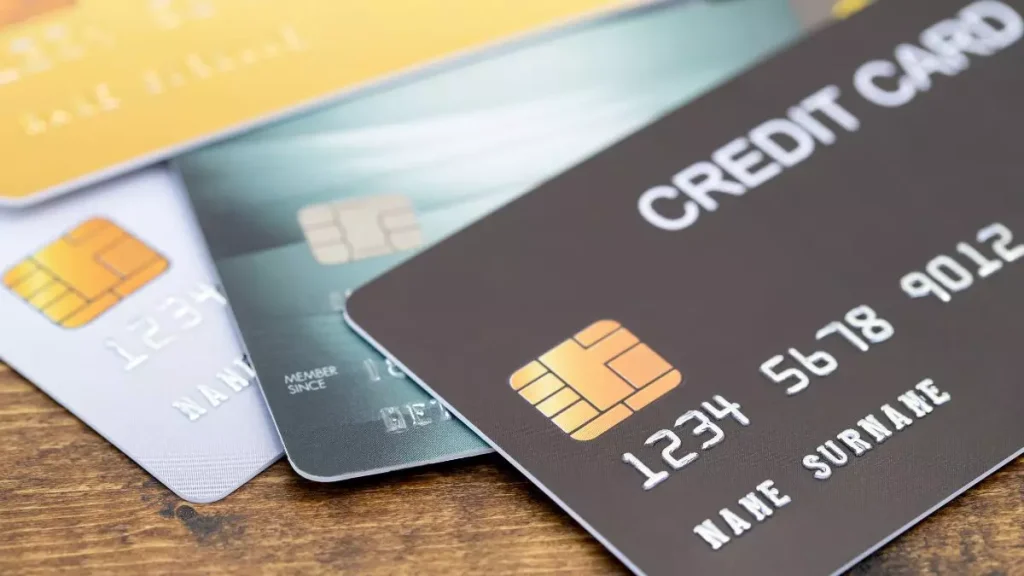Technological innovations have dramatically reshaped the financial sector, especially in the realm of prepaid cards. In the United States, these advancements have brought about secure, efficient, and user-friendly options for consumers. Let’s delve into nine significant technological advancements that have revolutionized the prepaid card landscape.
Anúncios
The US has always been a hub for technological progress, and the prepaid card industry is no exception. From enhanced security measures to greater financial inclusion, these innovations are transforming how Americans interact with their finances.
Enhanced security measures

Security is a paramount concern with any financial instrument, and prepaid cards are no different. Numerous advancements have been made to ensure the safety of users’ funds and personal information.
Anúncios
One notable innovation is the incorporation of EMV chip technology. Unlike traditional magnetic stripe cards, EMV chips encrypt transaction information, making it significantly more challenging for unauthorized individuals to skim data or clone cards.
Furthermore, the addition of biometric authentication, such as fingerprint and facial recognition, has added an extra layer of security. Users can now verify transactions through unique biological markers, reducing the risk of fraud.
EMV chip technology
EMV (Europay, MasterCard, and Visa) chip cards have become an industry standard due to their enhanced security features. These chips generate a unique transaction code for every purchase, which makes it almost impossible for fraudsters to obtain and reuse card information.
The widespread adoption of EMV technology in the United States has significantly reduced counterfeit card fraud. Retailers and consumers alike have benefited from this safer method of transaction processing.
Biometric authentication
Adding to the security arsenal, biometric authentication has become a game-changer in safeguarding prepaid card transactions. Techniques such as fingerprint scanning and facial recognition ensure that the person initiating a transaction is indeed the cardholder.
Biometric methods offer unparalleled accuracy, eliminating the reliance on easily guessable PINs or static passwords. Given that biological traits are unique to each individual, the likelihood of identity theft or unauthorized use is greatly diminished.
Convenience and accessibility
Technology has not only made prepaid cards more secure but also more convenient and accessible. With the evolution of mobile wallets and digital banking, managing prepaid cards has never been easier.
Mobile applications dedicated to prepaid cards allow users to monitor their balances, track spending, and even reload funds in real-time. These features provide a level of transparency and control that was previously unattainable.
Mobile wallet integration
Mobile wallets have revolutionized the way consumers interact with their prepaid cards. Services like Apple Pay, Google Wallet, and Samsung Pay have seamlessly integrated prepaid card functionalities, allowing users to make payments directly from their smartphones.
This integration also allows for contactless payments, further enhancing user convenience and promoting a faster, more efficient transactional experience. Overall, the merging of prepaid cards with mobile wallets signifies a leap forward in financial technology.
Real-time transaction monitoring
One of the most notable technological advancements in prepaid cards is real-time transaction monitoring. This feature alerts users immediately whenever a transaction is made, providing an extra layer of security and awareness.
Real-time notifications help cardholders detect unauthorized use quickly and take immediate action, such as freezing the card through a mobile app or contacting customer support. This instantaneous feedback loop is crucial for maintaining financial security.
These monitoring tools also have practical applications, such as making budgeting easier and helping users to manage their spending more effectively. With real-time data at their fingertips, consumers can make informed financial decisions on the fly.
Financial inclusion and innovation
Technological progress in prepaid cards is also driving financial inclusion. These innovations are making financial services more accessible to underserved populations, offering a viable alternative to traditional banking.
Prepaid cards have proven especially valuable for individuals without bank accounts. These cards provide a means of participating in the modern economy, allowing access to online shopping, bill payments, and other essential financial services.
Moreover, the growing availability of prepaid cards specifically designed for particular demographic groups—such as students, travelers, and employees—demonstrates the versatility and inclusiveness of this financial tool.
Targeted card programs
One innovative approach to financial inclusion involves the development of targeted prepaid card programs. For instance, student cards help young adults manage their finances and develop healthy financial habits from an early age.
Traveler cards, on the other hand, offer conveniences such as multi-currency support and international ATM access, making them indispensable for those frequently on the move. These specialized cards often come with unique benefits tailored to the needs of specific user groups.
Payroll and benefits distribution
Employers are increasingly turning to prepaid cards for payroll and benefits distribution. This method is particularly effective for employees who do not have traditional bank accounts, ensuring they can receive their wages and benefits without delay.
Payroll cards streamline the payment process, eliminate the need for paper checks, and reduce administrative costs. Employees can access their funds immediately, anytime and anywhere, through ATMs, retailers, or online.
Overall, technological advances are significantly shaping the prepaid card industry in the United States. From enhanced security features and greater convenience to increased financial inclusion, these innovations are making prepaid cards more versatile and user-friendly than ever before.

